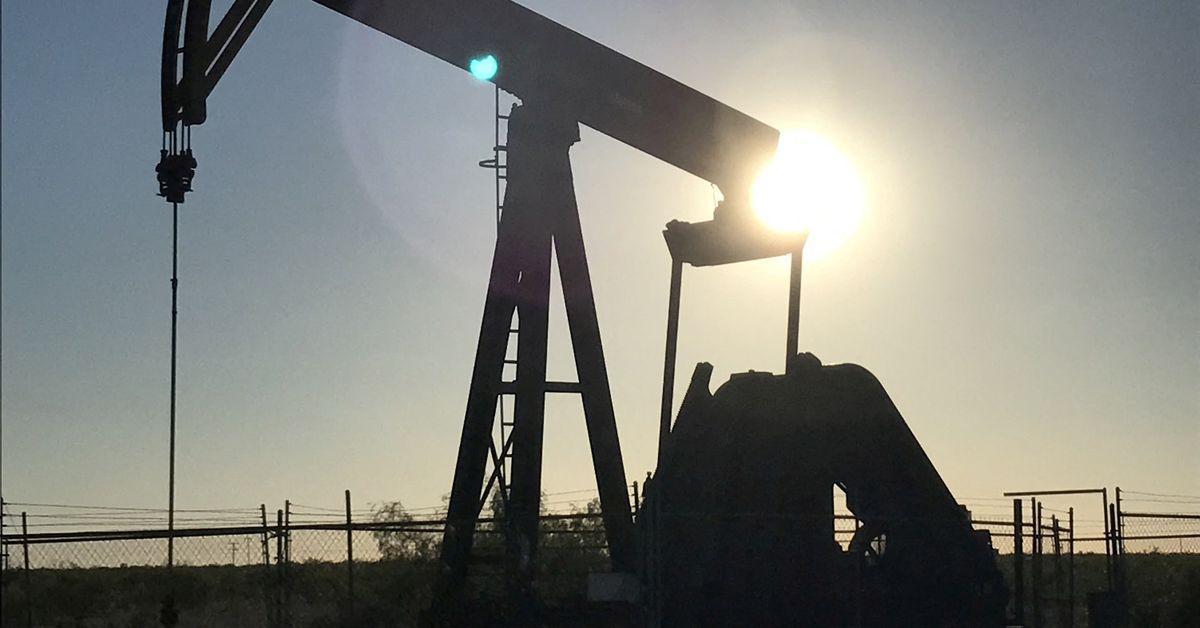
U.S. spot power and natural gas prices turned negative in Texas, California and Arizona for Tuesday as pipeline maintenance trapped gas in the Permian Shale in West Texas amid low demand for energy and ample hydropower in the West.
Negative prices signal there is too much power or gas being produced in a region. Energy firms can either reduce output, pay someone to take their power or gas, or, if they can get a permit, flare the unwanted gas.
Energy traders have been saying for weeks that they expected gas prices at the Waha hub in West Texas to turn negative when U.S. energy company Kinder Morgan (KMI.N), opens new tab started conducting seasonal maintenance on pipelines that move gas from the Permian shale in West Texas to the Gulf Coast.
Kinder Morgan told customers it planned to reduce flows on its Permian Highway Pipeline from May 7-12 and its Gulf Coast Express pipe from May 14-21.
Reductions over the past month or so on those and other pipes in the Permian region helped push Waha prices below zero for several days in March and April.
The Permian is the nation’s biggest oil producing shale basin. A lot of gas also comes out of the ground along with the oil there.
When oil prices are relatively high, like they have been in recent weeks, producers are willing to take a loss on gas because they can still make lots of money on their oil sales.
The negative gas prices have also pushed down power prices as shippers who are unable to flow the gas to the Gulf Coast try to move more fuel to the West Coast. That helps cut already low electric prices in California and Arizona because much of that cheap gas is used for power generation.
Power and gas prices are generally low in the spring because mild weather keeps both heating and cooling demand low. On the West Coast, warmer spring weather also melts the winter snow in the mountains, boosting the supply of cheap hydropower supplies.
Next-day gas prices at the Waha hub fell to a three-week low of negative $2.72 per million British thermal units (mmBtu) on May 6 from positive 25 cents on May 3.
That compares with averages in Waha of negative 26 cents per mmBtu in April, positive 94 cents so far this year and positive $1.82 in 2023.
Next-day power at the Palo Verde hub in Arizona fell to a one-week low of negative $2 per megawatt hour (MWh) on May 6 from positive $11.75 on May 3.
That compares with averages at Palo Verde of positive $1.48 per MWh in April, positive $21.12 so far this year and positive $59.03 in 2023.
Next-day power at South Path-15 (SP-15) in Southern California fell to a one-week low of negative $3.25 per megawatt hour (MWh) on May 6 from positive $12.50 on May 3.
That compares with averages at SP-15 of negative 13 cents per MWh in April, positive $21.58 so far this year and positive $59.86 in 2023.






